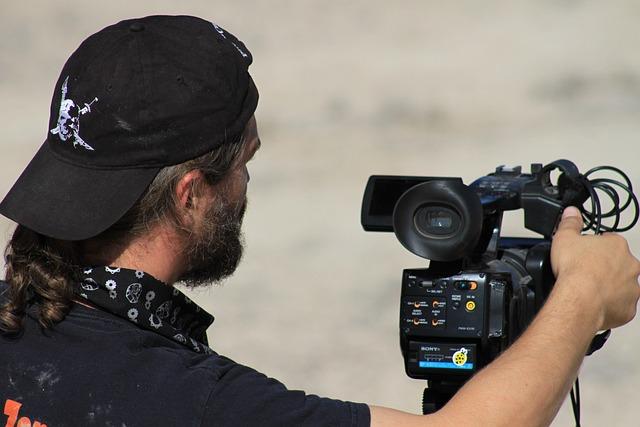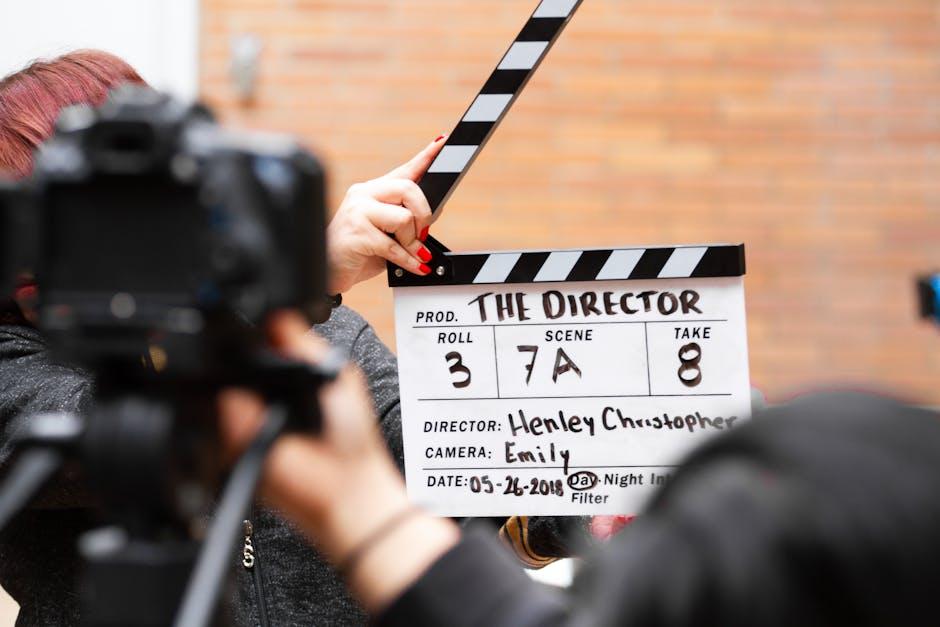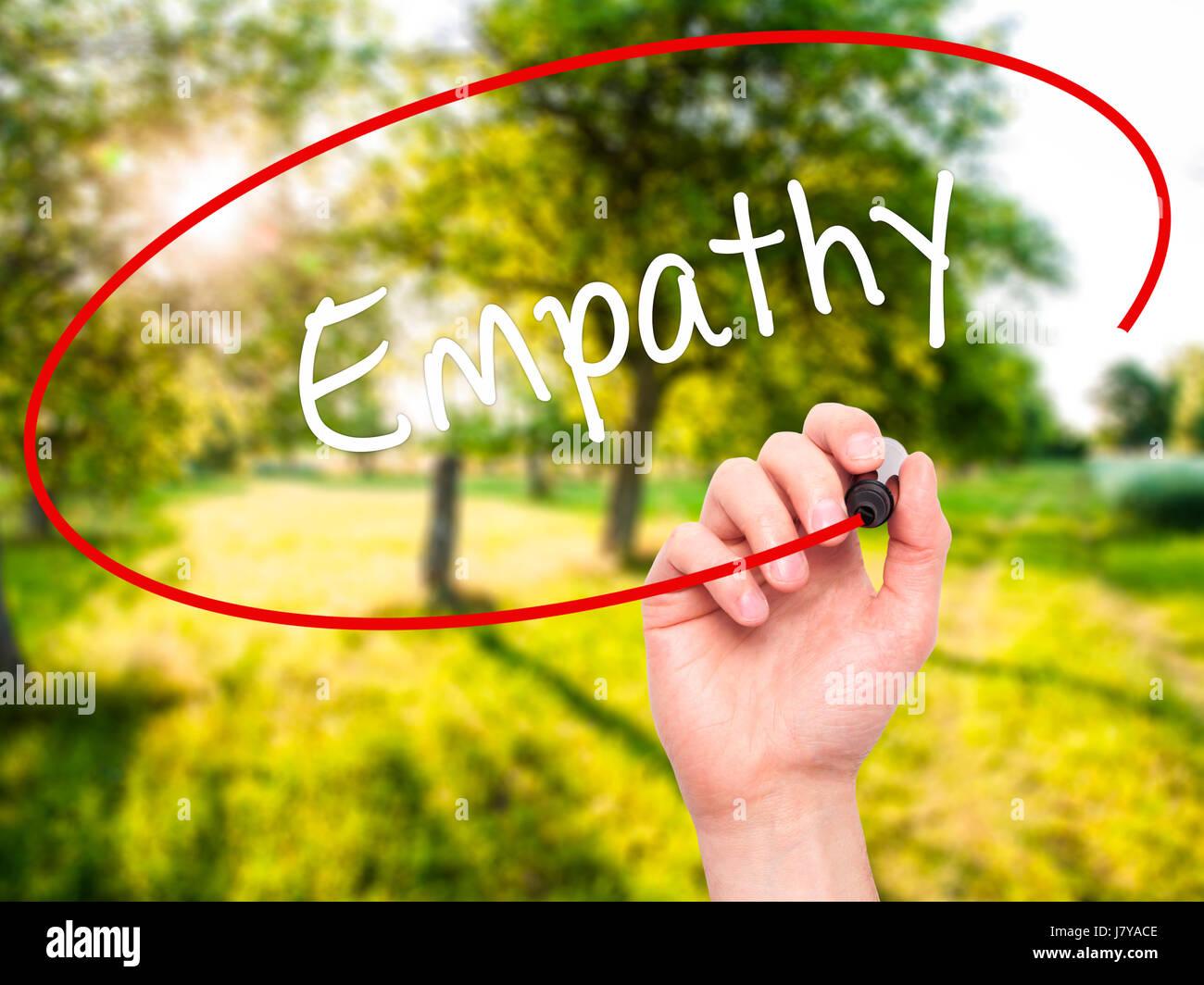In the dim glow of a theater, as the first flicker of a film dances across the screen, audiences embark on a journey meticulously crafted by the unseen hands of a director. These cinematic architects wield a unique power, sculpting narratives that echo within the chambers of the heart and linger in the recesses of the mind. The role of a director transcends mere visual storytelling; it is an intricate dance of emotion, intuition, and vision. This article delves into the alchemy of directing, exploring how these creative visionaries shape emotionally resonant film experiences that captivate and connect with audiences on a profound level.
Guiding the Heartbeat: Directors as Emotional Architects
In the intricate dance of filmmaking, directors serve as the emotional architects, sculpting the emotional landscape that guides audiences through a film’s narrative. Their role extends beyond mere visual composition; they delve into the subtle art of emotional resonance, ensuring that each scene strikes the intended chord with viewers. By deftly manipulating elements such as lighting, music, and pacing, directors can evoke a spectrum of emotions, from joy to sorrow, fear to hope.
- Lighting: The play of light and shadow can transform a scene, infusing it with warmth or casting an eerie chill.
- Music: A carefully chosen score amplifies emotional depth, guiding the audience’s feelings as the story unfolds.
- Pacing: The rhythm of a film, through its cuts and transitions, dictates the emotional tempo, ensuring audiences remain engaged and invested.
Directors harness these tools with precision, crafting a cinematic heartbeat that resonates long after the credits roll, leaving an indelible mark on the viewer’s psyche.

Crafting Atmosphere: Techniques for Evoking Genuine Emotion
Directors possess a unique ability to craft the emotional landscape of a film, transforming written scripts into visceral experiences. Their mastery lies in an intricate blend of visual storytelling, auditory cues, and nuanced performances. Through a strategic use of lighting, directors can evoke feelings of warmth or unease, using shadows and colors to subtly guide the audience’s emotions. Camera angles and movements play a crucial role, allowing viewers to see through the eyes of characters, fostering empathy and connection. By meticulously selecting each frame, directors create a tapestry of emotions that resonate long after the credits roll.
- Sound Design: The integration of music and ambient sounds can amplify the emotional impact, using crescendos to heighten tension or silence to emphasize introspection.
- Actor Direction: Directors coax authentic performances from actors, encouraging them to delve deeply into their characters’ psyches.
- Symbolism: Subtle symbols and motifs woven throughout the film can evoke deeper layers of meaning, inviting audiences to engage on an intellectual and emotional level.
Ultimately, it is the director’s vision and skillful orchestration of these elements that shape a film’s emotional core, ensuring it resonates with audiences worldwide.

Storytelling with Soul: Balancing Visuals and Narrative Depth
In the realm of filmmaking, directors wield the delicate art of harmonizing visual storytelling with profound narrative depth. A film’s soul is often found in this balance, where each frame is not just a visual spectacle but a carrier of emotional weight. Directors meticulously craft scenes, ensuring that the visual elements—such as lighting, color, and composition—enhance rather than overshadow the story’s emotional core. This intricate dance between sight and story is where true cinematic magic happens, drawing audiences into a world where they can feel, empathize, and reflect.
To achieve this harmony, directors often employ a variety of techniques:
- Symbolic Imagery: Utilizing recurring motifs or symbols that resonate with the film’s themes.
- Character-Centric Shots: Focusing on actors’ expressions to convey internal struggles and emotions.
- Dynamic Soundscapes: Integrating sound and music to underscore emotional beats.
These elements, when expertly balanced, allow the narrative to transcend the screen, fostering a connection that lingers long after the credits roll.

Empathy on Screen: Building Relatable Characters and Moments
In the art of filmmaking, directors play a pivotal role in shaping characters that resonate deeply with audiences. They meticulously craft scenes that mirror the complexities of real-life emotions, ensuring that viewers find a connection to the story unfolding before them. By focusing on subtle nuances—such as a fleeting glance or a hesitant pause—directors breathe life into characters, making them more relatable and authentic.
- Understanding Human Emotion: Directors delve into the psychological makeup of their characters, drawing from a rich tapestry of human experiences to create multidimensional personalities.
- Creating Authentic Interactions: Through carefully choreographed dialogue and interaction, they craft moments that feel genuine, allowing audiences to see themselves in the characters’ shoes.
- Utilizing Visual Storytelling: Visual elements, from lighting to camera angles, are strategically used to evoke empathy, making every frame a window into the character’s soul.
By honing these elements, directors not only tell a story but also invite viewers to embark on an emotional journey, fostering a profound connection that lingers long after the credits roll.

